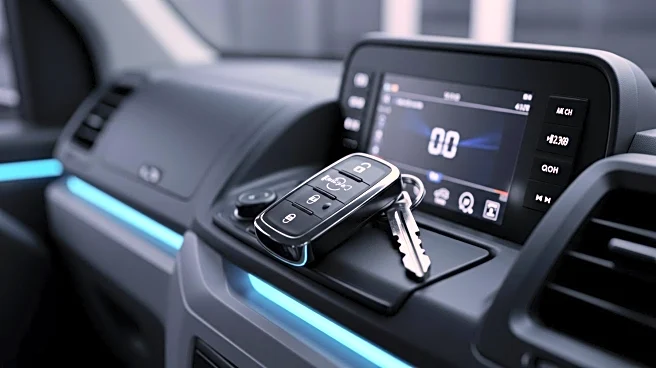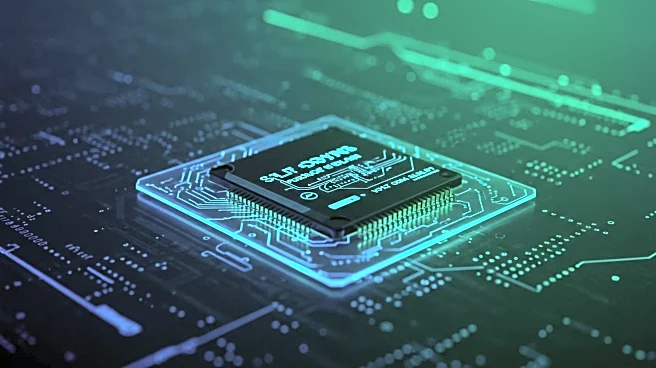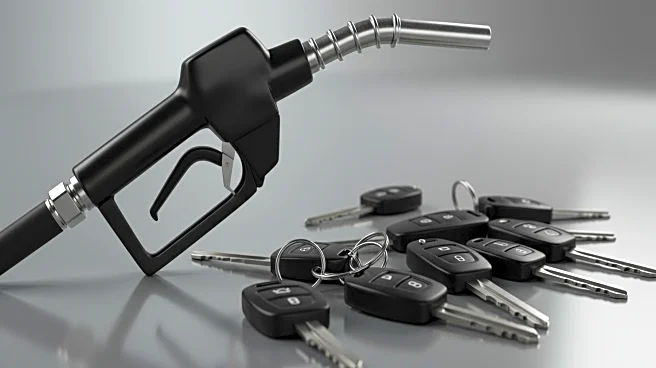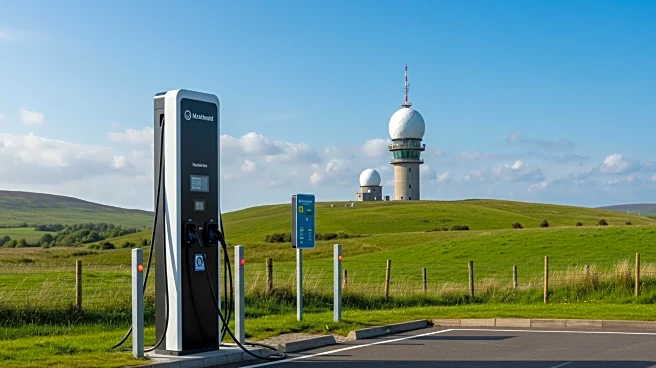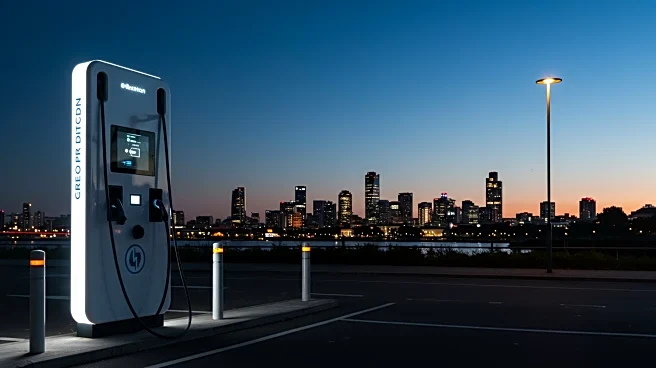What is the story about?
What's Happening?
Renault is focusing on the light commercial vehicle (LCV) segment as the starting point for its software-defined mobility strategy. The automaker's Ampere division is leading this initiative, aiming to integrate centralized software architecture and intelligent operating systems into vehicles. This approach promises enhanced user experience, road safety, and business models. Renault plans to implement over-the-air updates to transform vehicles into 'living products' that can be upgraded with new features. The strategy is expected to reduce vehicle weight and improve energy management, particularly in electric vehicles.
Why It's Important?
Renault's strategy represents a significant shift in automotive design, prioritizing software over traditional mechanical components. This could lead to more efficient production processes and faster development cycles. The focus on LCVs is strategic, as these vehicles are crucial for last-mile delivery and have long lifespans, making them ideal for continuous updates. The move towards software-defined vehicles could set a new industry standard, influencing other automakers and potentially reshaping the automotive market.
What's Next?
Renault plans to launch prototypes of its software-defined LCVs in 2025, with a market release in 2026. The company is also developing its CAR OS, which it hopes to offer to other automakers as a new industry standard. Collaborations with tech giants like Google and Qualcomm are integral to Renault's strategy, aiming to create an open architecture that attracts developers from outside the automotive industry.
Beyond the Headlines
The shift to software-defined vehicles raises questions about data privacy and cybersecurity, as vehicles become increasingly connected. Renault's approach may also influence regulatory standards and consumer expectations regarding vehicle updates and maintenance.
AI Generated Content
Do you find this article useful?
